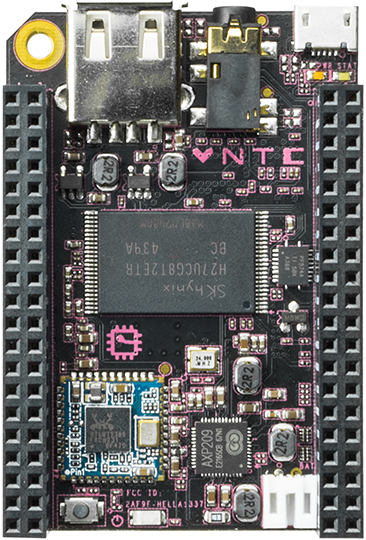Investing in the stock market has always been a popular way for individuals to grow their wealth. However, with the rise of exchange-traded funds (ETFs), investors now have access to a diverse range of investment opportunities.
One sector that has gained significant attention in recent years is the chip industry, leading to the emergence of chip sector ETFs. In this article, we will explore what chip sector ETFs are, why they have gained popularity, and the benefits and risks associated with investing in them.
Explaining the Concept of Chip Sector ETFs
Chip sector ETFs are investment funds that focus on companies involved in semiconductor manufacturing and production. These funds allow investors to gain exposure to a diversified portfolio of chip-related stocks without buying individual company stocks.
By investing in a chip sector ETF, investors can access multiple companies within the industry and benefit from their collective performance. This provides simplicity, transparency, and the potential for growth within the semiconductor market.
Why Chip Sector ETFs have gained popularity in recent years
The chip industry is crucial to modern technology, powering smartphones, computers, automotive systems, and AI. With technology advancing rapidly, the demand for semiconductors is expected to skyrocket. This growth potential has attracted investors looking for substantial returns.
Investing in individual chip stocks can be risky due to market volatility and company-specific risks. To mitigate this risk, chip sector ETFs have become popular. These funds provide diversification across multiple companies within the industry, reducing the impact of any single company’s poor performance.
Chip sector ETFs also offer exposure to various sub-sectors within the chip industry, from memory chips to GPUs and ASICs. They are easily traded on stock exchanges throughout the day, providing flexibility for investors.
Benefits of Investing in Chip Sector ETFs
Investing in chip sector ETFs offers several advantages. One key benefit is diversification, which reduces risk by providing exposure to a diversified portfolio of chip-related stocks. This means that if one company performs poorly, others within the ETF can potentially compensate for the losses, leading to a more stable investment.
Another advantage is the opportunity to gain exposure to promising companies in the chip sector. Chip sector ETFs include established manufacturers and up-and-coming players with potential for significant growth. By investing in these funds, investors can benefit from the collective performance of these companies and capitalize on their success.
Chip sector ETFs also offer convenience and cost-effectiveness compared to buying individual stocks. Instead of researching and selecting individual chips stocks, investors can simply invest in an ETF that represents a broad range of companies within the sector.
This saves time and effort while still allowing participation in the industry’s growth potential.
Additionally, chip sector ETFs provide liquidity benefits as they trade on exchanges like stocks. Investors have flexibility to buy or sell shares throughout market hours at prevailing prices, making it easier to enter or exit positions without facing significant price fluctuations or delays.
In summary, investing in chip sector ETFs provides diversification, exposure to promising companies, convenience, cost-effectiveness, and liquidity benefits. These advantages make them an attractive option for investors seeking opportunities in the dynamic chip industry.
Top Chip Sector ETFs to Consider
Investing in the chip sector can provide opportunities for growth and diversification. Here are three top chip sector ETFs worth considering:
-
VanEck Vectors Semiconductor ETF (SMH): Replicates the performance of the MVIS US Listed Semiconductor 25 Index, including 25 leading U.S.-listed semiconductor companies.
-
iShares PHLX Semiconductor ETF (SOXX): Tracks an index of U.S.-listed semiconductor stocks, offering exposure to established players and emerging companies.
-
Invesco Dynamic Semiconductors ETF (PSI): Selects semiconductor stocks based on fundamental factors like earnings growth and valuation metrics, providing a dynamic portfolio.
Each of these chip sector ETFs has its own unique characteristics, catering to different investors’ goals and risk tolerance levels. Consider factors like expense ratios, liquidity, and specific holdings before making an investment decision.
Investing in chip sector ETFs can align your portfolio with the potential growth of this dynamic industry while managing risks effectively.
[lyte id=’QhvaqVeNgec’]



